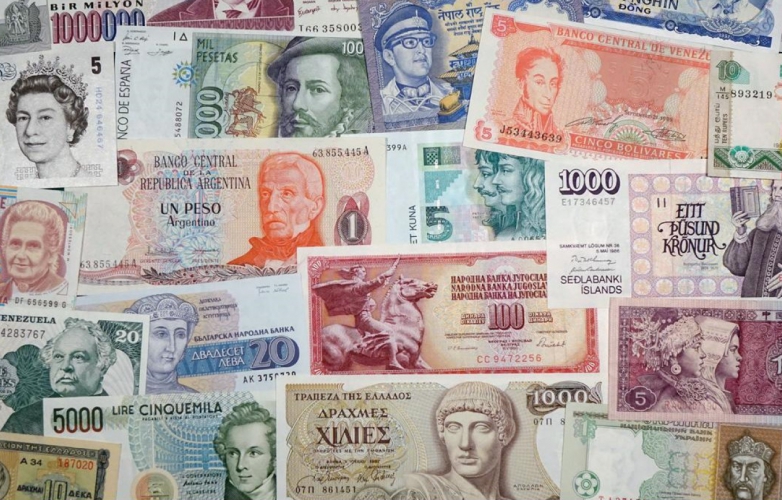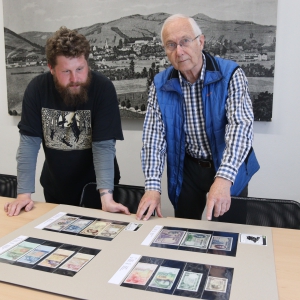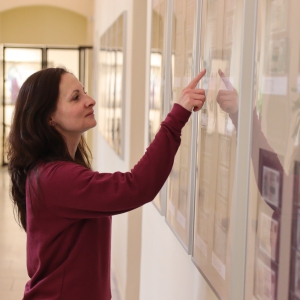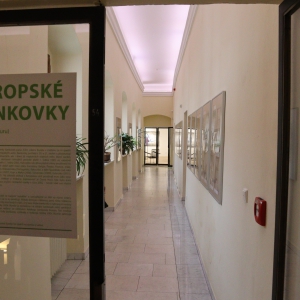
The European Banknote or “From the Mark to the Euro” exhibition is dedicated to historical and contemporary paper money that has been or is being paid on the European continent. A total of 408 banknotes from 58 countries can be seen, the Museum of the Moravian Wallachia Region was lent it by the well-known traveler and collector JUDr. Libor Bureš.
The banknotes originated from the 20th and 21st centuries and represent a part of still used national currencies, which gradually disappeared with the coming of the Euro, which was introduced in the European Union on 1 January 2002. "This exhibition is intended to recall what the German marks, Italian lira, Spanish pesetas or French francs looked like, which we converted into a so-called foreign exchange promise on a state-authorized trip to the countries concerned, and young people living in the single European currency could be told that. In addition to the various national currencies, a lot of permits had to be issued in the form of entry visas, limited foreign exchange promises, border passport and customs controls in addition to the various national currencies" the owner of the collection, Libor Bureš, added to the introductory word to the exhibition.
Collecting paper money is called notaphilia and is divided into different directions. Someone collects only a certain country or region, other only current states or banknotes with specific motifs, such as statesmen, celebrities, maps… Libor Bureš focuses on banknotes kept in the Krause world catalog, which records approximately 290 countries and territories. His collection so far includes 239 countries and we are very happy to present some of them.
European banknotes replaced the Banknotes from all over the world exhibition at Vsetín Castle, which can be seen at Lešná Castle near Valašské Meziříčí (more HERE).


